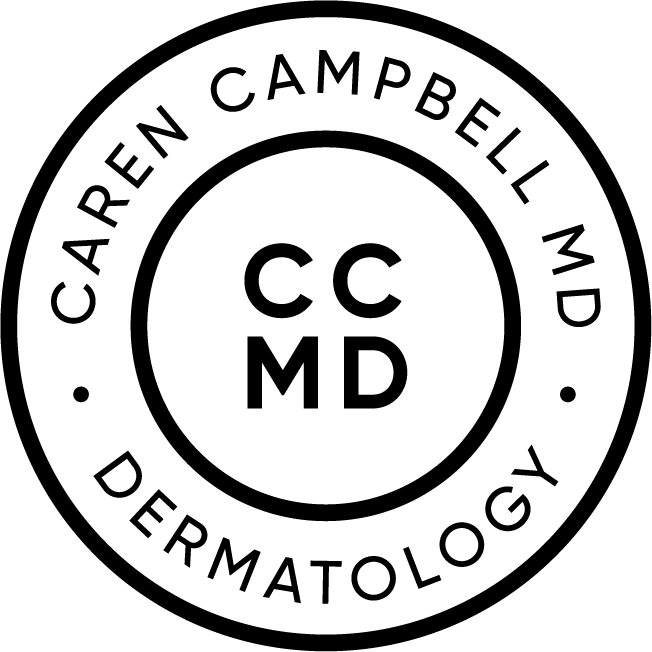Nail Fungus
aka Onychomycosis
What is nail onychomycosis or nail fungus?
Superficial fungal infection of the nail plate with usually dermatophyte fungus (type that requires keratin found in hair, skin and nails) that causes yellow discoloration, thickening and fragility of the nails.
How is nail fungus treated?
Topical and oral treatments for nail fungus are available. When using topical medications for nail fungus it is important to know fingernails take 6 months to grow from origin to tip and toenails take 12 months. Knowing the slow growth of the entire nail helps patients understand that topical treatments need to be used daily for 6 to 12 months.
The most effective treatment options penetrate the nail plate. Oral medications are best at penetrating the nail. Oral Lamisil (terbinafine) is the most common oral antifungal medication. A typical treatment course is 3 months and the biggest concern is damage to the liver, so routine labs may be checked to ensure it is being safely administered.
Unfortunately, not all patients respond to therapy with oral and topical anti fungals, and in patients who do respond, there is a high risk of recurrence.
How can I improve the chances of successfully treating my nail fungus?
Keeping the nails trimmed as short as possible and frequently cleaning trimmers and nail files with alcohol, changing socks daily and washing socks in hot water, and treating shoes with antifungal powders like miconazole powder (Zeosorb) weekly. If you are taking an oral medication, consider also using a topical antifungal agent. If you like soaking your feet, dilute white vinegar soaks are antifungal. Consider soaking your feet 1-2 times per week for 20 minutes in dilute vinegar (¼ cup of white vinegar to 2 cups of water).

